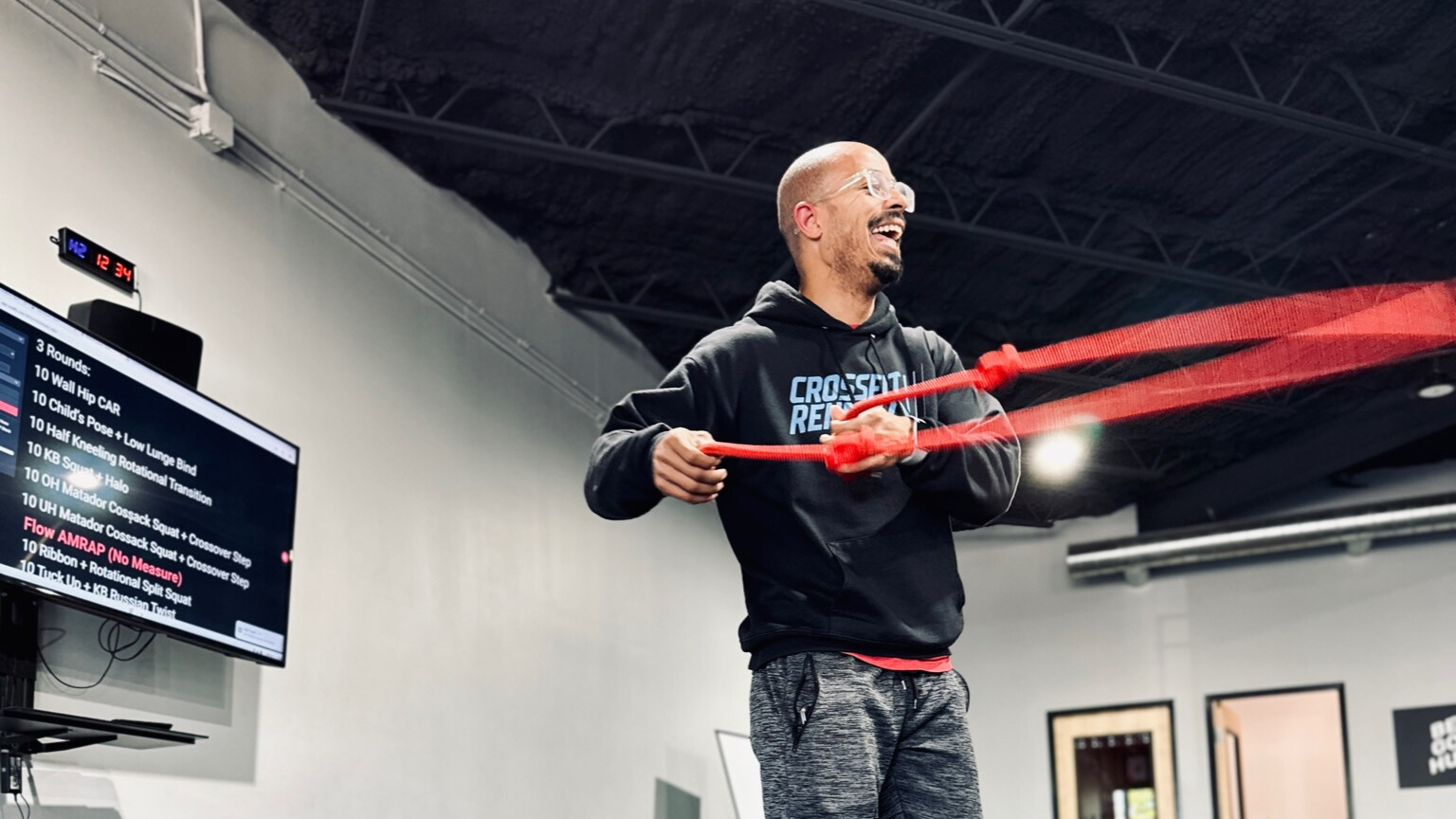

Let’s be real—most of what we do in the gym lives in the sagittal plane. That’s front-to-back motion: squats, deadlifts, cleans, box jumps, push-ups, pull-ups—you name it. It’s the dominant movement pattern in most strength and conditioning programs. And don’t get me wrong, sagittal strength is foundational. But if that’s the only lane we’re training in, we’re leaving a lot of real-world strength, athleticism, and injury resilience on the table. As a coach who values not just performance but longevity—I care deeply about helping people move well for life. That means we’ve gotta train smart, train fully, and train in all three planes of motion: sagittal, frontal, and transverse.
Let’s break down what that means, and why it matters more than most people think.
1. Sagittal plane: Think forward and backward—running, lunging, squatting, pressing.
2. Frontal plane: Side-to-side movement—think lateral lunges, side shuffles, suitcase carries.
3. Transverse plane: Rotation and anti-rotation—like Russian twists, throwing, or swinging.
Most of us are pretty comfortable in the sagittal plane. That’s where the barbells live. But life? Sports? Parenthood? Those things don’t just happen in straight lines. They happen in a less controlled environment—twisting, reaching, bracing, and reacting.
1. Injury Prevention
One of the biggest reasons to train outside the sagittal plane is to protect your joints and tissues. Most injuries don’t happen when everything is perfect and linear—they happen when your body is forced to twist, pivot, or stabilize in an unexpected direction. Training the frontal and transverse planes strengthens your hip stabilizers, core, and smaller muscles that keep your knees, ankles, and spine safe under real-world stress.
2. Athletic Performance
If you play sports—or even just recreationally throw a football, hit a tennis ball, or run around with your kids—movement happens in 360 degrees. Training rotational power, lateral agility, and dynamic stability transfers directly to quicker changes of direction, better balance, and more explosive performance.
3. Total Strength & Muscle Balance
We all want strong glutes, mobile hips, and a stable core, right? Multi-plane training forces those muscles to work together in ways you can’t get from just squats and deadlifts. Movements like lateral lunges, Cossack squats, and rotational slams help build resilient, functional muscle from head to toe.
It’s not just about the body. Moving in different directions sharpens your mind-muscle connection, your spatial awareness, and your mental adaptability.
When you do a new movement—especially in a plane you’re not used to—your brain lights up. It has to coordinate balance, timing, force, and feedback all at once.
That’s real functional fitness: not just moving weight, but moving with control, awareness, and purpose.
As a coach, I’ve seen people hit PRs in the clean and jerk after they start including more lateral and rotational work—because their bodies are finally stabilizing properly.
You don’t have to overhaul your workouts. Just start sprinkling in movements that challenge you in new directions. A few favorites:
Frontal Plane:
-Lateral lunges
-Side shuffles
-Lateral step-ups
Transverse Plane:
-Russian twists
-Landmine rotations
-Med ball rotational throws
You can also add variation to your warm-ups and post-wod accessory work. Start paying attention to how you move, not just how much.
We love lifting heavy and pushing hard. That’s why we do this. But if you want to keep crushing workouts year after year, hit new levels of performance, and stay pain-free, you’ve got to train smarter, not just harder. We can’t afford to just be sagittal plane athletes. Not if we want to be strong for life. You’re only as capable as your movement diversity. So preparing for "the unknown and unknowable" only works if your training gives your joints, tissues, and nervous system the tools to handle real-world angles, ranges, and reactions. And most real-world tasks don’t happen in perfect, symmetrical, sagittal lines.
Parenting: twisting, lifting, rotating, squatting with weight off-center
Athletics: lateral shuffling, rotating to throw or strike, cutting angles
Life: falling, catching, bracing, and rotating under fatigue
Without frontal and transverse plane training, your brain and body aren’t prepared for these situations. You may be fit—but not functionally ready.
So next time you step in the gym, ask yourself: Am I training to move in all directions—or just one? Let’s move better, live longer, and build strength that truly lasts.